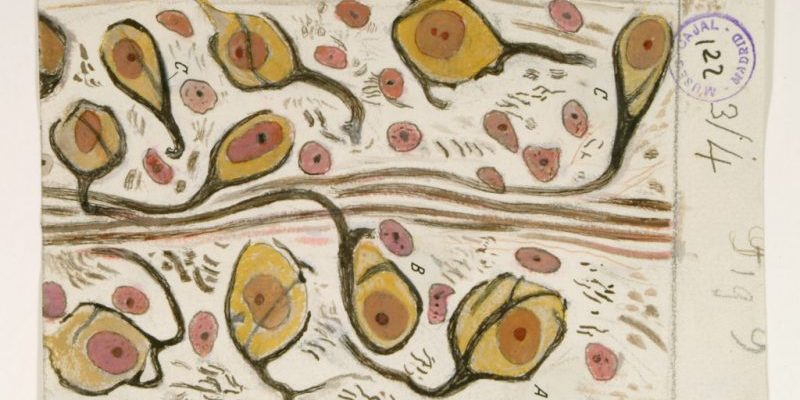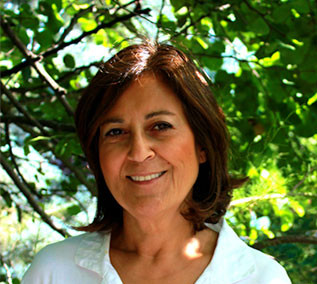Psychoanalytic therapy aims to explore the hidden emotions, repressed childhood memories, fantasies and thoughts affecting present behavior and relations of the client. The ultimate gain is a sound sense of self, contentment at a higher state of consciousness and self-mastery. The history of the psychoanalytical practice is not only long but it has been evolving ever since S. Freud’s work in psychoanalysis from 1915s up to present. Moving from the divan (couch) to psychoanalytic therapy wherein the client is relocated to the armchair facing the therapist and further on to the developmental approach founded by S. Freud’s daughter Anna …
Tag: self-mastery
The practice of psychology had started with two traditional schools: psychoanalytic and cognitive psychology from which further derivatives and styles of therapies would be formulated in tandem with advanced research in cognitive science and developmental psychology. Freud’s pioneering work with psychoanalysis at the turn of the 20th century and the Jungian approach to the unconscious, both prepared the field for psychological practices, primarily paving the way for psychoanalytical therapy in the 1930s. The next major school – Cognitive Behavioral psychology was founded in the late sixties by the developmentalists Bruner and Neisser. Here is a simplified outline …










Social Profiles